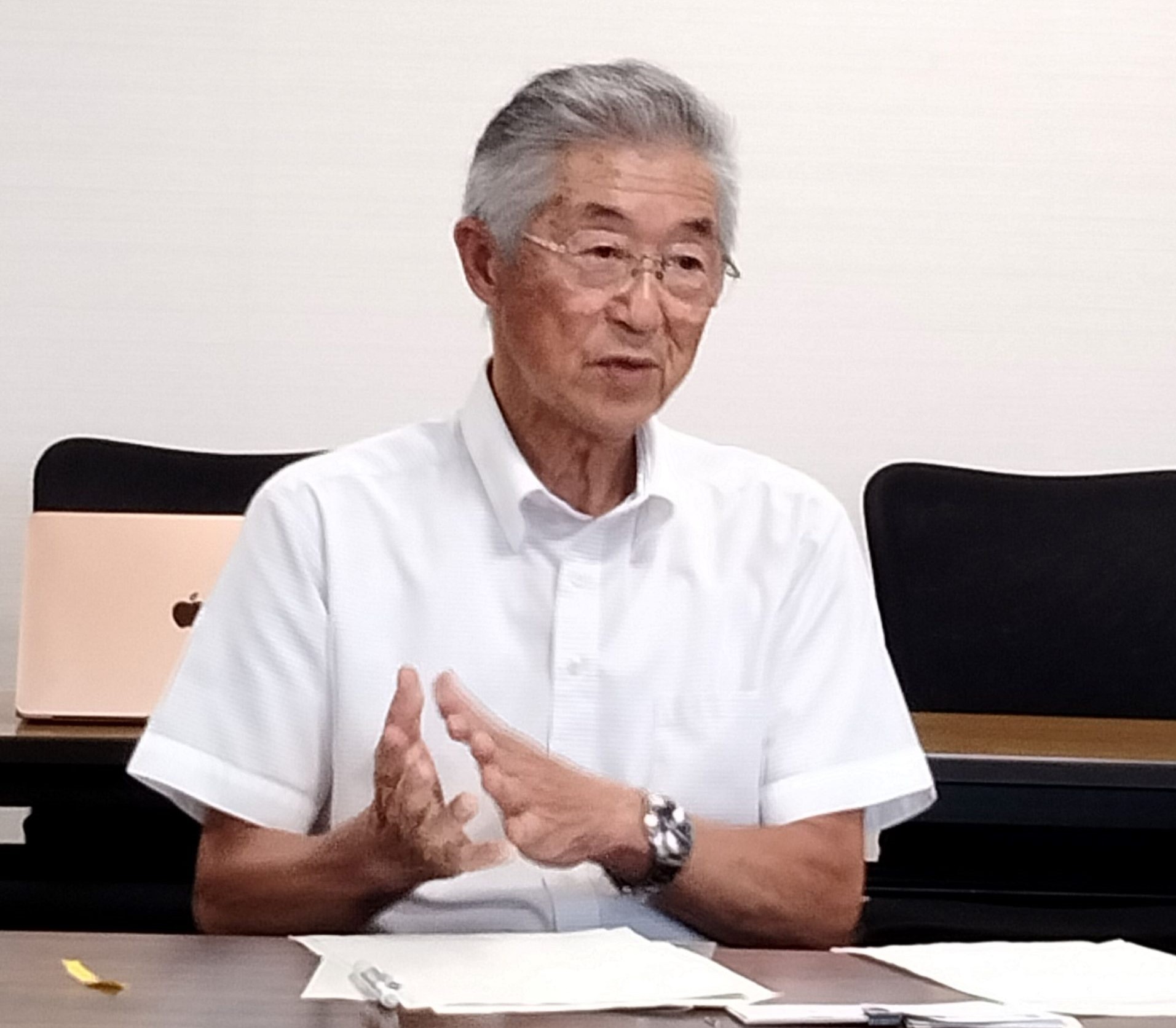Recycling has become a norm for the 12,331 residents of Osaki since the town in southwestern Japan piloted its waste management project in the 1990s.
Everyone, from adults to children understands their role in creating a sustainable waste recycling community and helping the town maintain a recycling rate of more than 80 per cent each year.
And Osaki Town mayor Yasuhiro Higashi says the aim is to have a true circular economy in the municipality.
With the success of the model in the largely agrarian town, Mr Higashi said he was open to the idea of introducing such projects in other parts of the world, including Fiji.
He suggested one of the ways this could be done was through an exchange program where Fijian children would learn about waste management from their Japanese peers.
In fact, the model used in Osaki is such that children learn to sort 27 different categories of waste — as required by the town — from a young age, beginning at home and continuing in schools.
At Osaki Elementary School, one of the town’s largest in terms of student roll, more than 300 children participate in the Pika Rangers program where they learn about the environment and also carry out clean-up campaigns around the school and community.
Such activities, Mr Higashi said, were taught to the town’s children and was part of their everyday lives.
“In the future, once they grow up, they will either remain here or they may move to an urban area and then they live in a municipality with an incinerator, but whatever they grew up with, they won’t forget,” he said.
“If we can have a kids’ exchange, then maybe they can learn from each other.”
However, officials acknowledge recycling programs don’t work without the wholehearted cooperation of the residents.
Mr Higashi said they experienced a similar pushback from residents when Osaki’s recycling process was initially introduced.
“When it started off, it was the same. In the valley and mountain, people were just dumping or not really doing things the way we are doing now.
“But then, we came up with this recycling activity and we really asked residents to do the separation. And once it got underway, it worked, so it’s really at the beginning and it’s really about having people understand.”



